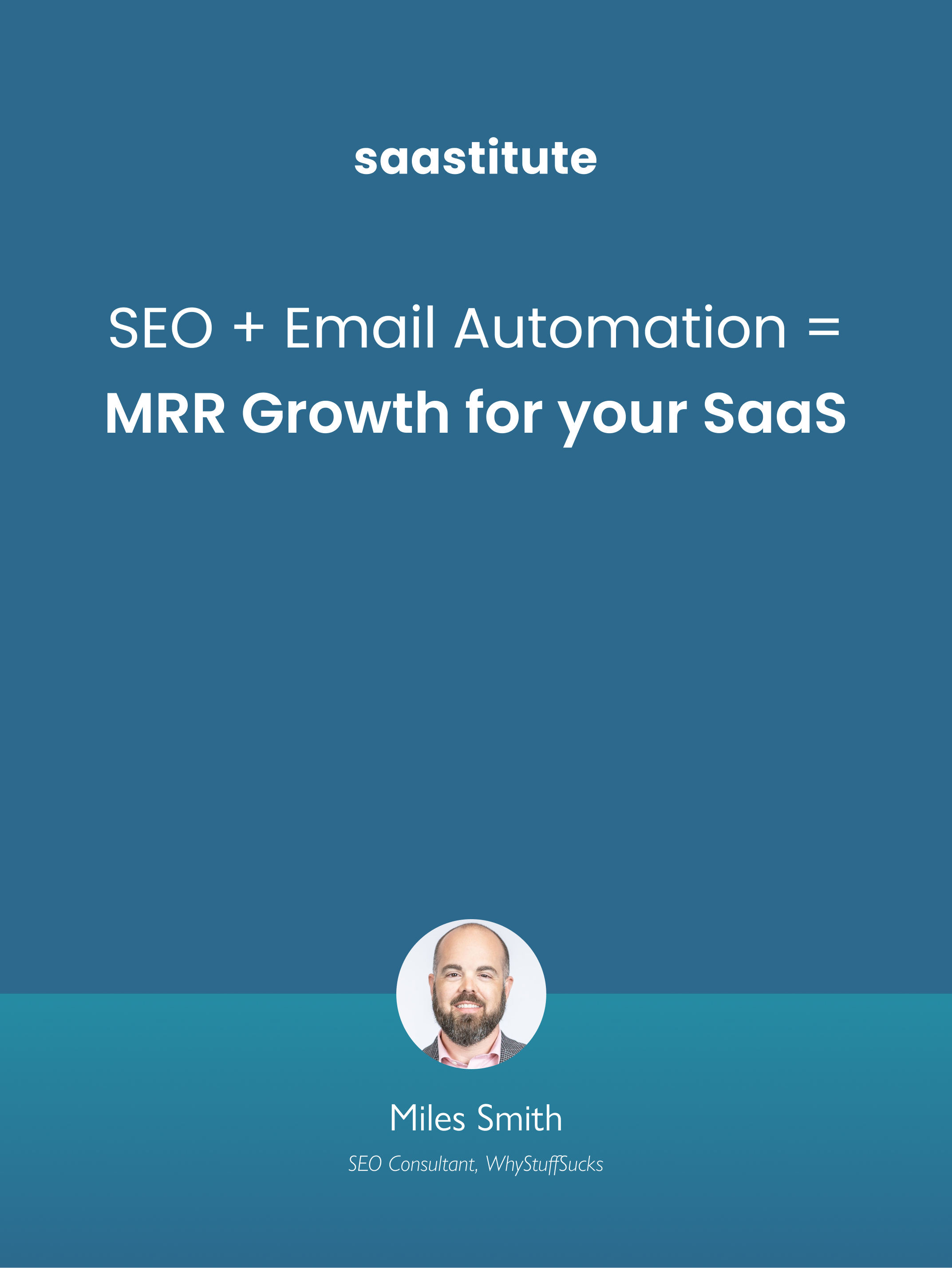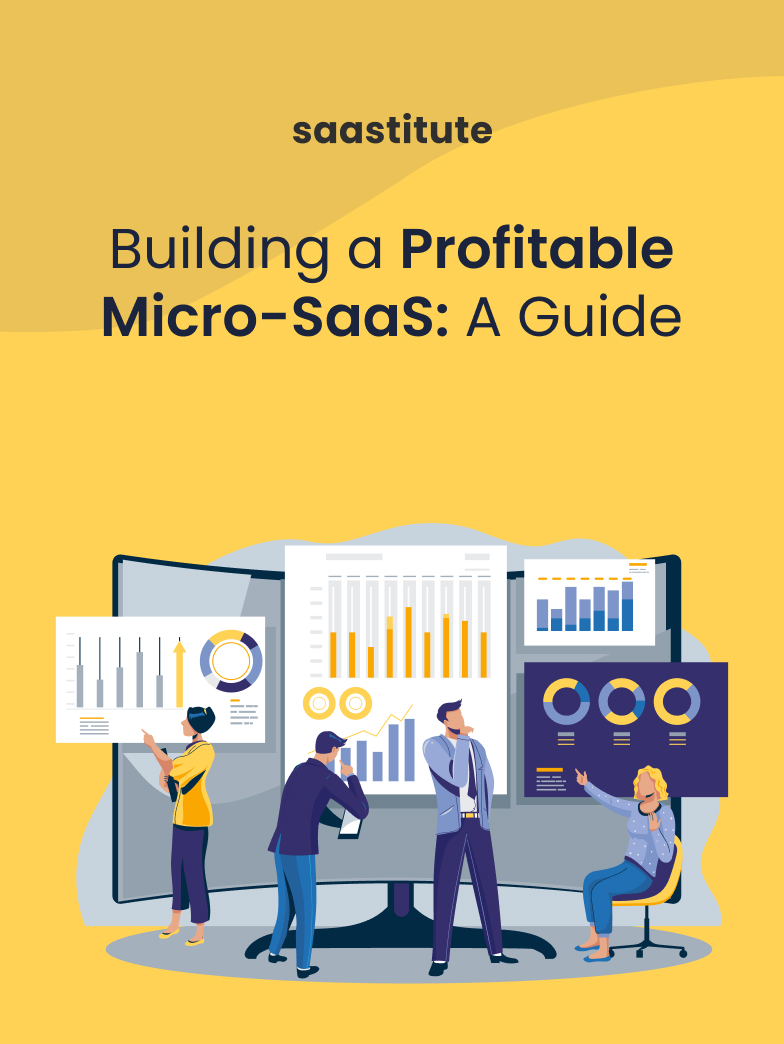No-code/ Low- Code revolution in India
Read about how No-code is trending in India, market adoption and how it's impacting small and large businesses.
.png)
"India, according to Jinen Dedhia is marching at a greater pace than ever towards the No-code movement. It's already in Top 3 from a No-code adoption perspective."
Research by markets and markets states that the low-code development platforms' global market size is projected to grow from $13 Bn in 2020 to over $45K by 2025 CAGR of 28.1%. The ever-increasing need for quick customisation, agility, and scalability, the talent and skills gap, the desire to accomplish more and faster with less, the growth in the number of citizen developers, and, most importantly, the necessity to become digital are all driving the industry forward. In India, players like Zoho creator, DronaHq, Pegasystems, Appian have come up with solutions to fulfil the rising need for such low-code, no-code platforms.
Among these players, Mumbai-based DronaHQ was set up in 2007 initially as an enterprise mobile platform for deployment, distribution, and management of apps. But realising that the opportunity lay in building something more sophisticated and easy-to-use, founders Jinen Dedhia and Divyesh Kharade built high-capabilities enabling their customers to deploy apps at a breakneck speed without needing to code.
Read the chat as we talk with Jinen on low-code/no-code technologies and how it is expediting the digital transformation in India.
Harshita: Tell us about your journey of ditching code - Why was a no-code platform needed, how was it born, and what does it mean to the industry?
Jinen: We were in the business of rapid app development since 2014. Our belief system has always been clear- to help businesses scale and build faster. That hasn't changed for us. Talking about our older evolution to low code/no code, we provided an SDK to developers to build internal apps on top of our rapid app development platform. However, as we know - writing and maintaining applications in the traditional method take time and completely human dependent.
We beta launched in march 2019 and commercial launch in 2020. It was now a matter of a drag, drop and publish.
Businesses may use Drona's low-code no-code tool to create internal tools, landing pages, automate workflows, and much more. If an enterprise or a startup is planning to build any housekeeping applications or internal tools- DronahHQ is their place.
Harshita: That's very interesting, So you are using no-code and low-code in conjunction, Are they both the same?
Jinen: No, they are not the same. However, both low-code and no-code technology were built with one goal in mind: Speed.
We use no-code in conjunction with low-code simply to specify that the platform can get extended.
So, when someone uses the no-code tool, drags and drops an element, code is created behind the scenes. It's a no-code if you continue to use the platform in the manner in which it was provided to you without writing a single line of code. Now, if you want to personalize your build and make it more complicated and powerful, something that the platform does not offer, out of the box, you may want to resort to code, which's low code.
Harshita: Is it correct to say that all low-code will eventually become no-code? Why or why not?
Jinen: I don't believe it will accomplish anything; if you start doing everything using no-code, there will be circumstances where you will need your tech team to write code. So I think your project may begin as a no-code, but it will gradually transition to low-code to bring additional features and capabilities to the project. You will eventually have to go from the concept of no-code to low-code.
Harshita: No-code tools have an inherent advantage of a much bigger TAM - How do you think these tools are shaping up the industry today?
Jinen: The business world is moving at a dizzying pace, and technology is playing a critical role in facilitating companies to transform themselves, become resilient, and keep ahead of their competition. The advantage these tools provide is simple: you don't have to be on the constant lookout for code. He adds,
"The definition of code is also expanding, now every solution/tool you look around or work with can be no-code. It's the way forward."
The level of productivity, efficiency, and time savings that such products provide are priceless. These technologies help firms develop integrated solutions that can communicate with one another and not live in silos.
Harshita: India is a major target for the digital transformation industry - What is the state of no-code and low-code in India, and how fast is the adoption compared to the rest of the world?
Jinen: I believe India is catching up, advancing faster than ever towards the no-code revolution. According to me, India is in the first three positions in terms of no-code adoption. Large corporations, startups, and even retailers in India are now investing in no-code products.
I'd love to share an experience: a Jewelry business from Bihar recently came looking for a no-code tool to help them build applications and digitize some of their processes.
We wouldn't expect them otherwise. So I have the sense that things are changing for the better. The digital revolution is unstoppable, inevitable and bigger in India.
Harshita: What are the major limitations of no-code, or in other words, are there any industries that will always need code?
Jinen: I don't think there's any industry that wouldn't want to use no-code technology. We have customers from healthcare providers, FMGC, BFSI, manufacturing, housing officials, and even banking and insurance industries.
What no-code does is - provides templates that offer tweakable user interfaces and basic logic for standard or most common tasks. It cannot potentially meet all of the needs that enterprises may have, this is where a business would need a professional developer to come in.
Harshita: A lot of companies are holding off new initiatives, but this is also a great time to make changes in the way businesses work. Is the pandemic a catalyst for digitizing as the world says? Has the pandemic changed your sales pitch at DronaHq?
Jinen: Yes, definitely. Pandemic has expedited the digital revolution. What companies planned to do in 2023, are doing in 2021. And I think the speedy adoption of low code application development is what aided businesses to not only survive but boom amidst or rather, despite the pandemic.
Pandemic has certainly changed the priorities for enterprise businesses. A lot of our existing customers were quick to get on their feet as they appreciated how these tool helps make the changes required in a short time - By putting the right tech infrastructure in place and creating digital tools using low-code technology. Jinen adds,
"Since the beginning of the pandemic, technology has been at the forefront; with our low-code platform, we aim to make it easier for any company that wishes to kickstart their digital initiative or augment new internal apps or tools."
The sales pitch has changed to how organizations can democratize digital and IT. How we are enabling businesses to deploy the best IT solutions, using the right framework in no time.
The dialogue with customers revolves around these two value proposition: Agility and Speed.














.svg)


